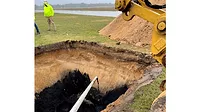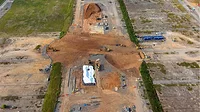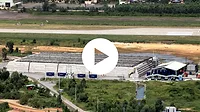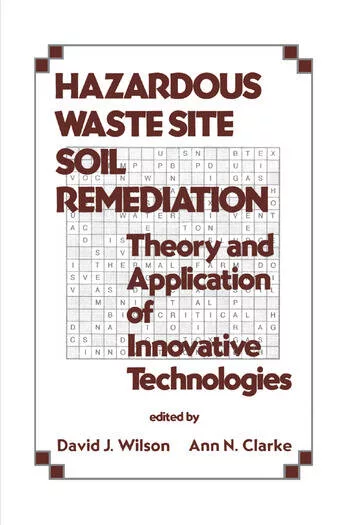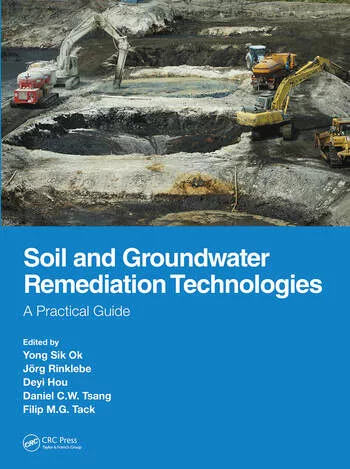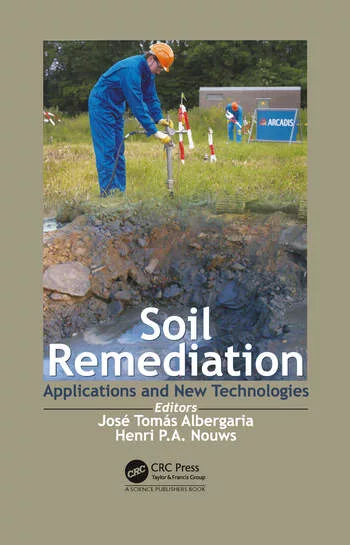Innovative soil remediation a viable alternative to excavation, landfill remediation
Weston Solutions’ paper about innovative soil remediation wins top honors and advances science.
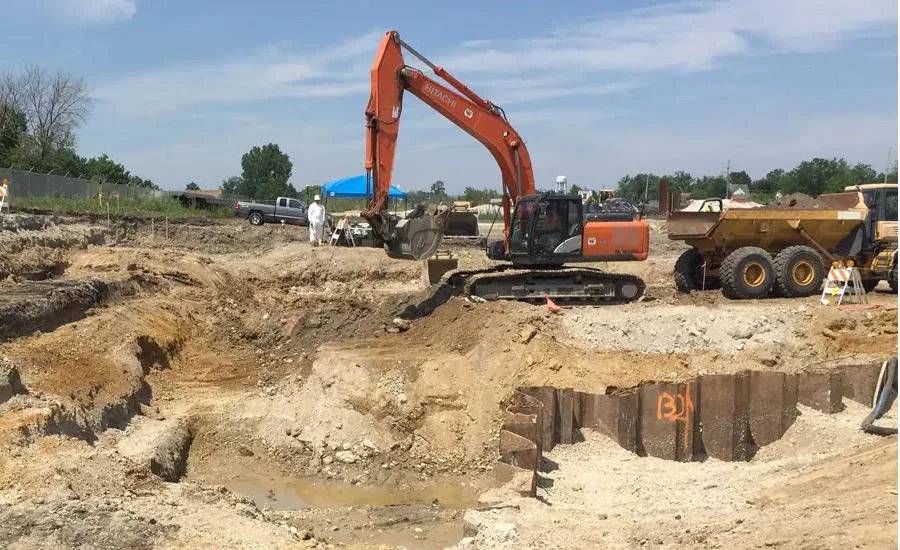
Photo courtesy of Weston Solutions
Weston’s original technical paper called “Pilot-Scale Study for In-situ Leaching of Residual Uranium from Remediated Soil” recently achieved distinguished honors reserved for just 16 of the 300 papers submitted at the Waste Management (WM) Symposia held in March 2022. The WM Symposia is an annual international conference for the management of radioactive waste and related topics sponsored by WM Symposia, Inc., a premier non-profit organization dedicated to providing education and information exchange on global radioactive waste management.
Weston’s work was first selected as one of 60 “Superior” papers from among over 300 papers for its contributions to the advancement of radioactive waste and radioactive material management, and then received the prestigious “Paper of Note” designation from the Track Co-Chairs and subject matter experts. The “Paper of Note” rating was given to just 16 of the over 300 papers.
“Pilot-Scale Study for In-situ Leaching of Residual Uranium from Remediated Soil” was in the Track Session Technical Innovations in Environmental Remediation and Site Closure; and notably, this award is based solely on the paper content submitted, not any associated poster or oral presentation for this event.
Paper Overview
The paper effectively presents the results of a pilot-scale study for a site-specific in-situ leaching (ISL) process to remediate soil at a former thorium mill tailings site, known as the Former Rare Earths Facility (REF) in West Chicago, Illinois. The remediated soil contains residual levels of uranium, which continue to leach into the site groundwater at levels that exceed the associated groundwater protection standard (GWPS). The results of the study indicate that ISL is a viable treatment option for addressing residual uranium in the REF soil. Projected cost savings approximate $148 million in direct and indirect remediation costs compared to the excavation and landfill disposal remediation option.
A Glimpse into the Pilot Study
A pilot-scale study was conducted to support the design of a site-specific ISL system; the objectives of the study were to assess scale-up issues, including critical success factors and limitations, duration, cost, and the feasibility and effectiveness of the ISL process to leach residual uranium from previously remediated soil.
The pilot-scale study was conducted in a 20 feet deep in-ground treatment cell, enclosed by sheet piles and containing approximately 2,000 cubic feet of previously remediated soil. A leaching solution comprised of 0.60 mol/L of sodium bicarbonate and 0.23 mol/L of sodium carbonate was circulated in the treatment cell to selectively leach the uranium from the soil. The pilot-scale ISL system successfully treated a large volume of soil under actual field conditions. Approximately 54% of the initial uranium mass was removed in five Pore Volume Flushes, resulting in the attainment of the uranium GWPS. These results, consistent with previous treatability studies completed under controlled laboratory conditions, confirmed that ISL is a viable treatment for addressing residual uranium in the REF soil.
A similar process could be repeatable to treat low-level radiological contamination in soils at other locations.
A Rewarding Effort Creates a Path Forward
On developing this type of paper, Deepak shares that “there are no shortcuts. He says, “A top paper must contain technical substance and value, and articulate nuanced information in a clear and concise manner. This was our challenge … our passion … and our reward on our journey to advancing good science.”
Stay tuned for WM Symposia 2023 in Phoenix, AZ, where all Paper of Note recipients will be recognized.
Find the full paper here: Pilot-Scale Study for In-situ Leaching of Residual Uranium from Remediated Soil
Source: Weston Solutions
Source url: https://www.westonsolutions.com/

